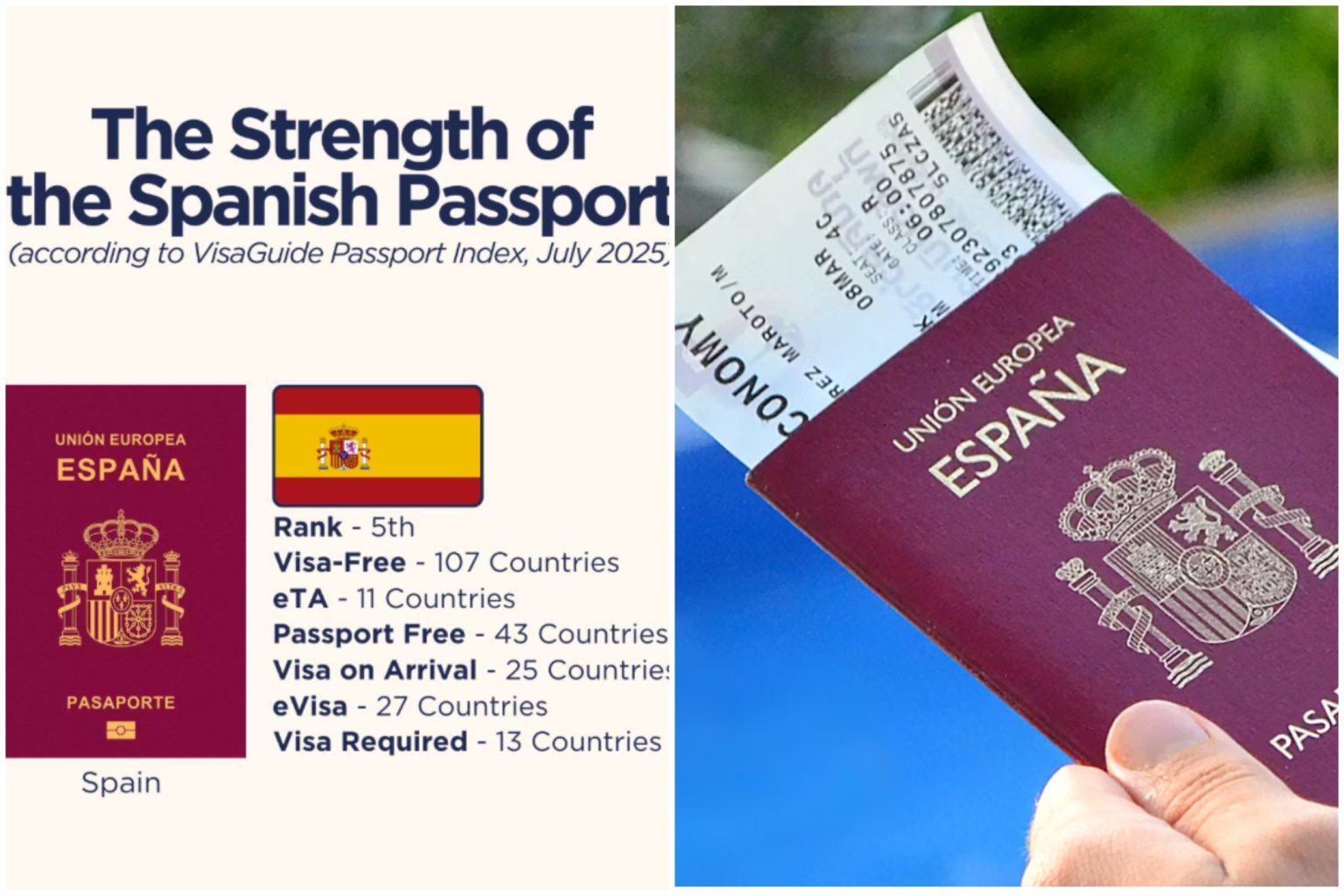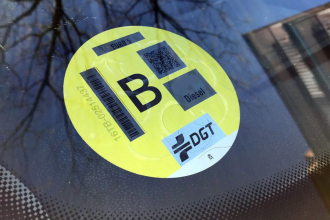
The Spanish passport is known to be one of the most powerful in the world.
A new ranking this week placed it in fifth position, although previous
TAGGED:spain news
Sign Up For Newsletters
Be kept up to date! Get the latest breaking news delivered straight to your inbox.
Leave a Comment







